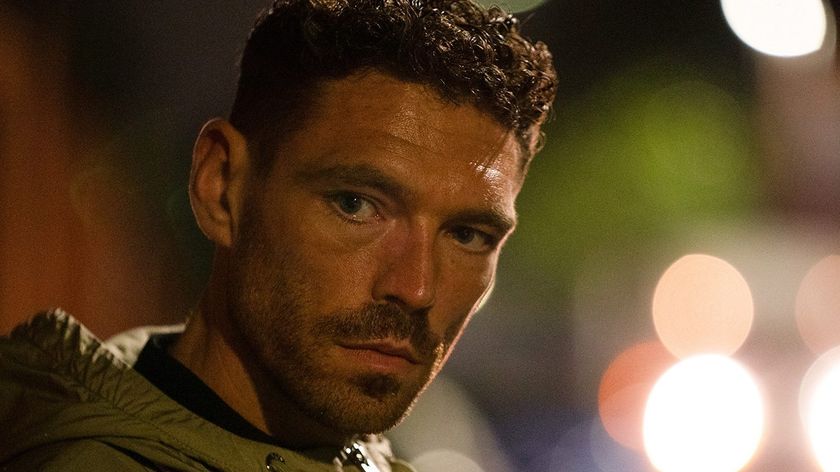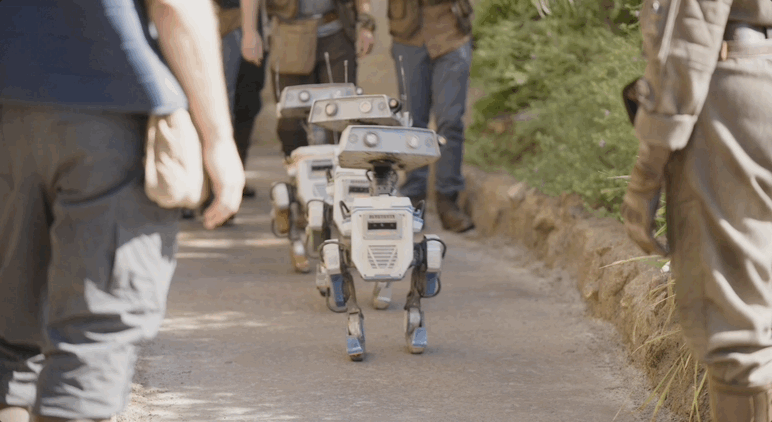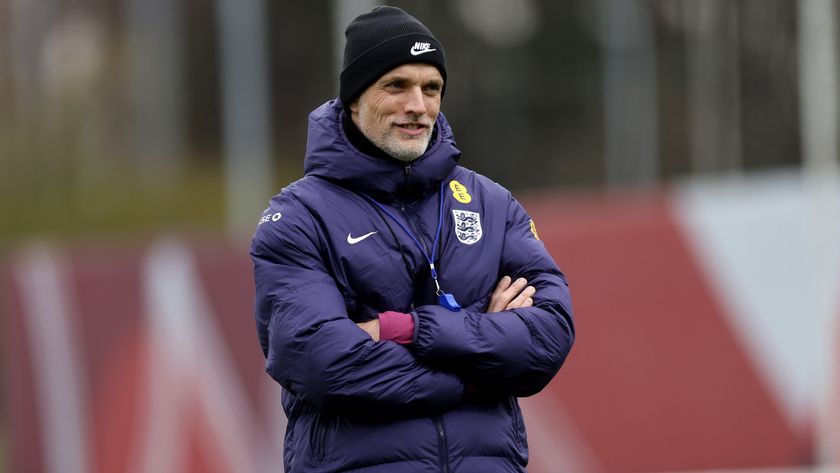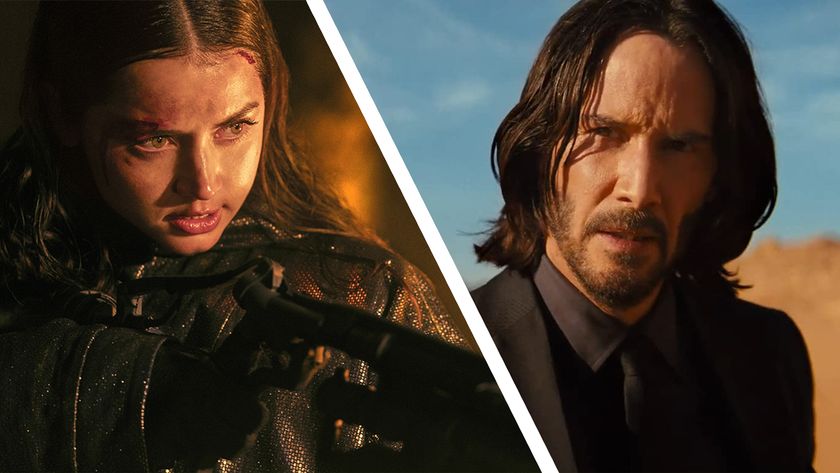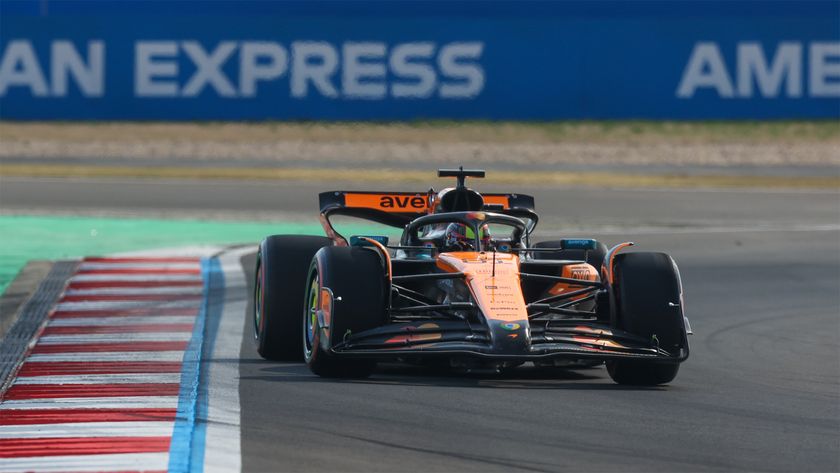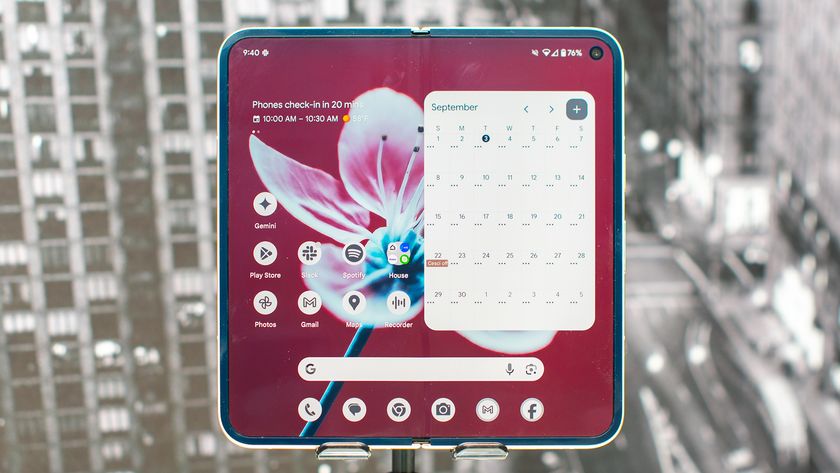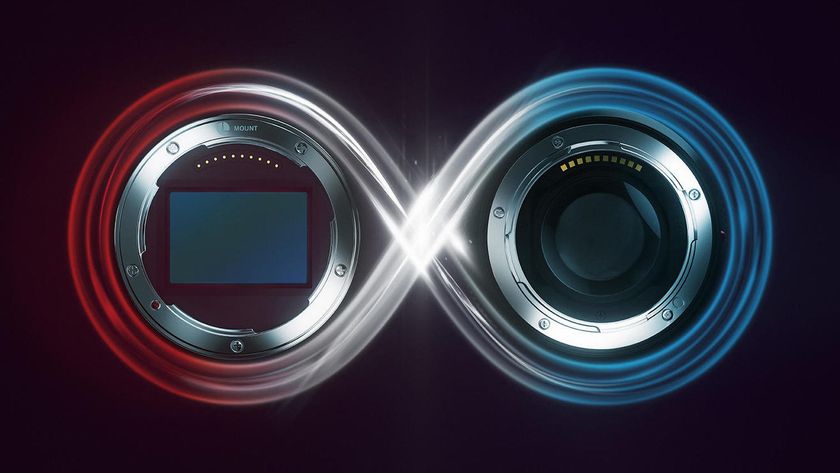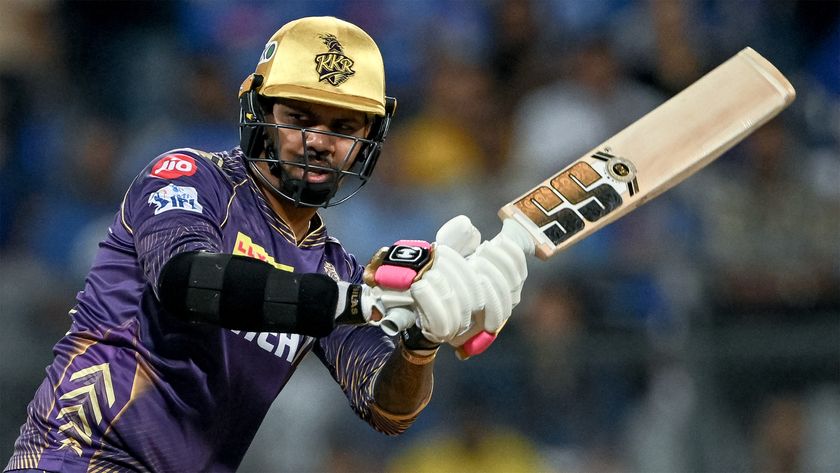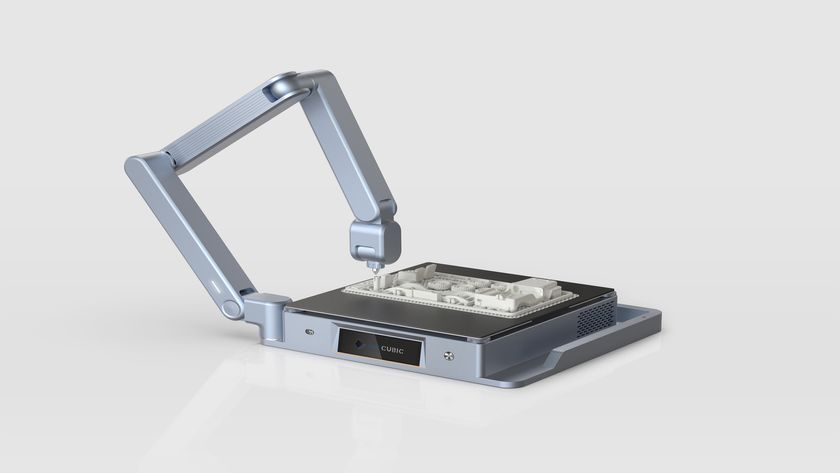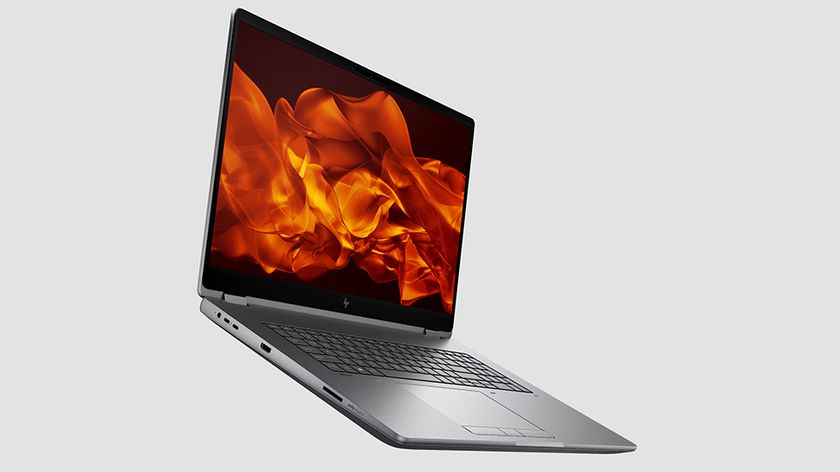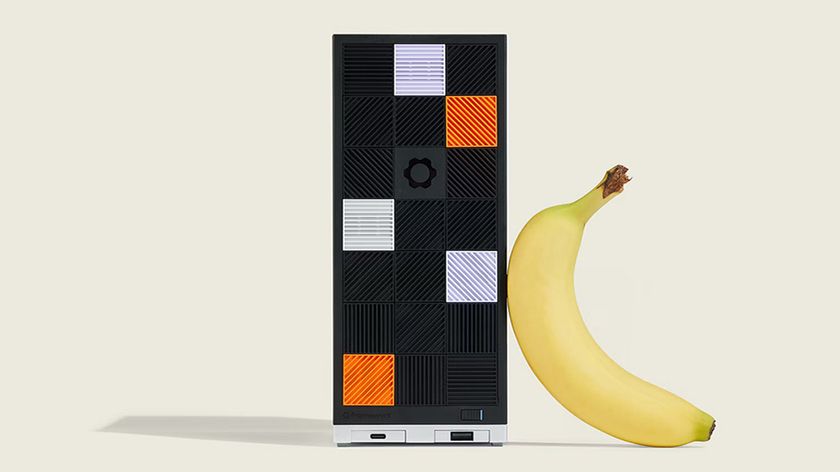The making of Transformers 2
How ILM and Digital Domain pushed CGI to the limits
A question of scale
The scale of the task ILM's animation team faced on Revenge of the Fallen becomes even more apparent when you consider the movie's showpiece scenes: the transformations of the robots from one form to another.
The biggest transformation is unlike any seen in the previous film, and it's for the biggest Decepticon ever. Standing 100 feet tall, the Devastator has 13 million polygons and 52,632 parts. Moreover, he's formed out of six separate robots.
"The idea we came up with was that the Devastator forms in a violent fashion," Benza says. "We rooted his transformation in the biggest Constructicon." The 'Constructicon' in question, Scavenger – a big red mining excavator – transforms first, then smashes itself into one construction vehicle after another, each transforming and connecting to the previous bots to form the giant monster. His head is all mouth: a cement mixer. It's a tremendously dramatic scene, and the effects are awe-inspiring.
Smoking machines
To make matters more complex, Devastator is so big and has so many parts that the animation crew couldn't treat him as a single asset. "When we tried to load the entire model in high res, it would grind the machines to a halt," Benza says. "We had two machines fail trying to work with him. One literally smoked. We don't know for sure if it was a direct result of working with this character, but it certainly did get overloaded – and fried."
The scene of Devastator forming was completed in 4K resolution for IMAX screens. The scale of the work forced the crew to develop a set of tools that enabled the animators to work in layers of complexity. "We had seven choices for resolution," says digital production supervisor Jason Smith.
Get daily insight, inspiration and deals in your inbox
Sign up for breaking news, reviews, opinion, top tech deals, and more.
Options for the level of detail at which each part of the model was displayed ranged from proxy geometry and 25K resolution at the low end to 1,300K resolution at the high end. "To control the system, animators had what we called 'Mr Potatohead buttons'," says Smith. "They could select any part. For example, they could set Devastator's arm at 25K resolution, and his head at 31K."
Powering up
While the level of detail system speeded up the animation work, when it came to final output, truly massive rendering power was still required. In one of the film's biggest scenes, Devastator climbs a pyramid in Egypt and once at the top, begins ripping the massive structure apart. For this shot, which was also at 4K resolution, ILM used a fluid simulation to move the sand and a rigid body simulation to break the pyramid into millions of blocks.
"Some frames would have taken 72 hours to run on a single processor," Smith says. "We used multiprocessors – 26 processors – to chew through the work faster." But for all of the new technology ILM developed for Revenge of the Fallen, not to mention the complexities of wrestling with IMAX resolution for several shots, the studio describes the key innovations of the movie as creative, not technical.
First, the VFX supervisor and animation director shot plates on location and provided guides for the film's editors. For a three-minute fight scene set in a forest between Optimus Prime and several Decepticons, Farrar and Benza ended up supervising the plate photography, and took first cut at editing the footage. "We don't typically get involved with editorial decisions," Benza says. "But because we shot the material and knew what the plates were intended for, we took a first pass at putting the forest back together as a template for the editors."
Second, the animators contributed dialogue and choreographed two key fight scenes in the movie: both the forest battle and a sequence in which Bumblebee literally tears Rampage apart, giving a little satisfied nod of the head after he has decapitated the Decepticon.
"We designed the first version of the fight not knowing how it would be used in the movie, with Bumblebee and the cop car robot from the first movie, Barricade," says Benza. "Michael Bay liked how tight the edit was and the brutality when Bumblebee tears the limbs off, so he found a place for the fight in the movie and substituted a different robot."
And finally, the director 'shot' scenes directly on ILM's motion-capture stage, working in collaboration with the animators. "We blocked out the scenes, loaded them up on our stage, and put a virtual camera into Michael's hands," Benza says. "On the set, you often see Michael behind the camera, so we wanted to give him a hands-on experience for the digital scenes."
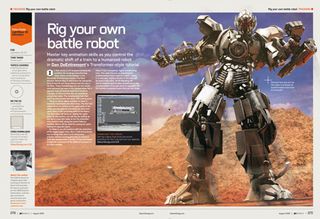
MAKE YOUR OWN: Follow 3D World's video walkthrough to turn a train into a 'Trainsformer [Image credit: 3D World Magazine 2009] Video walkthrough
The resulting movie is an enormous human achievement, not only considering the vast scale of the work undertaken, but also for the way in which ILM's staff became involved in tasks traditionally thought to lie outside the control of visual effects artists.
The crew considers Transformers: Revenge of the Fallen as one of the most collaborative films they have worked on. As visual effects steadily become a part of the production as well as the post-production process, it only remains to be seen where Industrial Light & Magic's increasing level of creative control will take the studio – and the movies it works on – next.
-------------------------------------------------------------------------------------------------------
This is an extract of a longer article which appears in 3D World in issue 119 of 3D World, out now. Buy a subscription.

Industrial Light & Magic received an Oscar nomination for creating the 14 mechanical stars of the first Transformers movie. For the sequel, 3D World magazine discovered how the studio built, rigged and animated not 14 robots, but 45.
But ILM doesn't just build Transformers. Its innovations have transformed the entire 3D industry, so 3D World took the time to talk to key studio staff about how the studio have continued to stay on top after 34 years of technical breakthroughs.
3D World's coverage of Transformers 2 and ILM can be read in issue 119 of 3D World out now.
